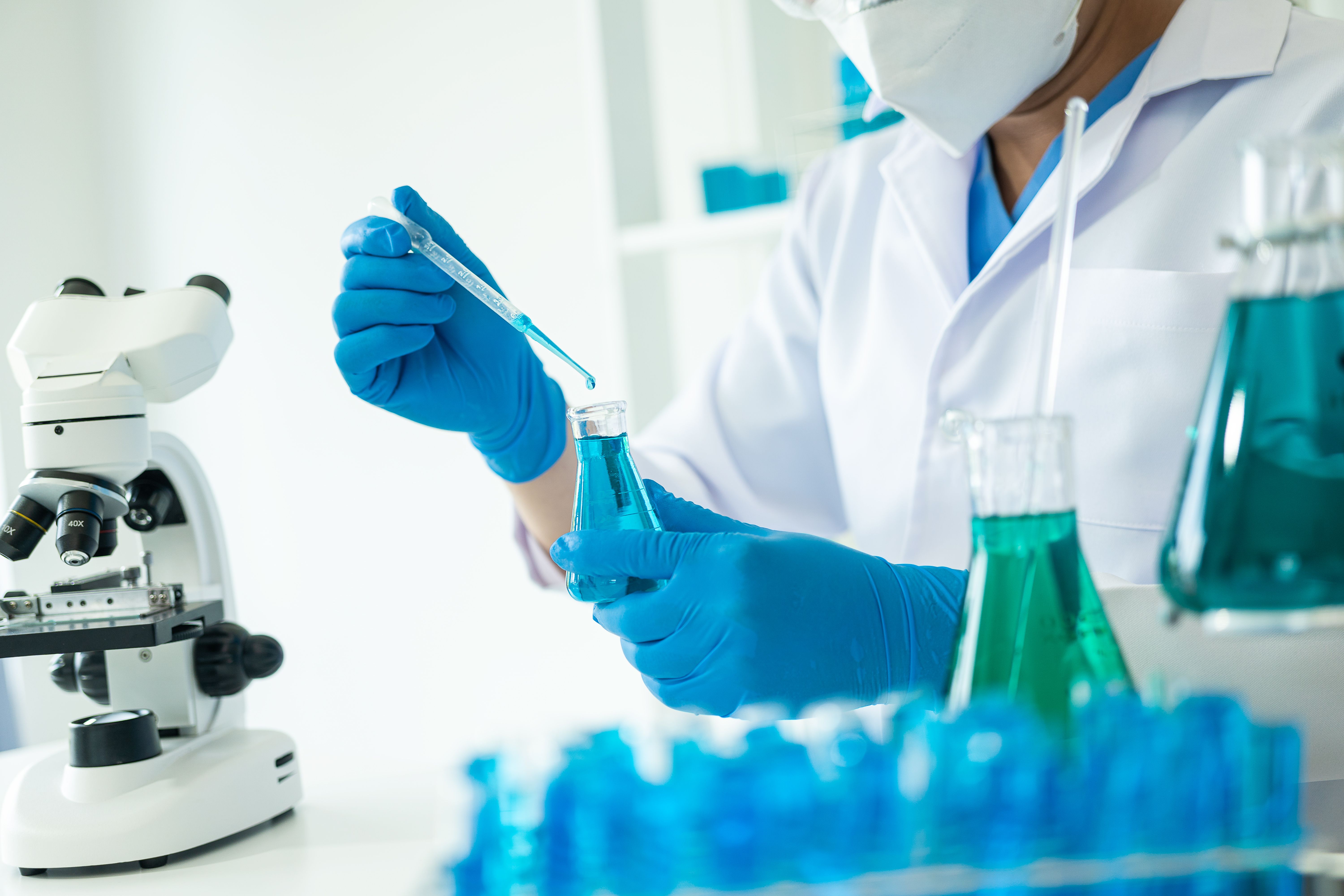Breakthrough Imaging Technique Reveals Acetaminophen Distribution in Kidneys with Unprecedented Precision
New research using matrix-assisted laser desorption ionization-mass spectrometry imaging (MALDI-MSI) has revealed the distinct distributions of acetaminophen and its metabolite in the kidneys at an unprecedented resolution of 10 μm. The study, conducted by Mitsutoshi Setou and his team from Hamamatsu University School of Medicine in Japan, provides valuable insights into drug distribution and metabolism, enhancing our understanding of the pharmacokinetics and potential nephrotoxicity of acetaminophen.
Advancements in drug distribution studies are crucial for understanding how medications behave in the body and their potential side effects. A recent study published in the Journal of the American Society for Mass Spectrometry by Mitsutoshi Setou and his team from Hamamatsu University School of Medicine in Japan showcases a groundbreaking imaging technique that provides unparalleled insights into the distribution of acetaminophen and its metabolites within the kidneys (1).
Researcher with chemical test tubes in a glass laboratory with liquid for analytical, medical, pharmaceutical and scientific research concepts Test tubes in medical research clinics and chemicals | Image Credit: © ArLawKa - stock.adobe.com

Matrix-assisted laser desorption ionization-mass spectrometry imaging (MALDI-MSI) has emerged as a powerful tool in drug distribution studies due to its high sensitivity, label-free approach, and ability to differentiate between parent drugs, metabolites, and endogenous molecules. However, achieving high spatial resolution in drug imaging has been a persistent challenge.
Conventional vacuum MALDI-MSI methods often fail to detect certain drugs and metabolites due to their poor ionization efficiency. One such example is acetaminophen (APAP) and its major metabolite, APAP-Cysteine (APAP-CYS), which require derivatization for detection using vacuum MALDI-MSI.
In this study, Setou and his team successfully visualized the distribution of APAP and APAP-CYS in the kidneys at an exceptional spatial resolution of 25 and 10 μm, respectively, by employing an atmospheric pressure-MALDI imaging mass microscope without the need for derivatization. The researchers found that APAP accumulated significantly in the renal pelvis one hour after drug administration. Conversely, APAP-CYS exhibited distinct distributions in the outer medulla and renal pelvis at both 30 minutes and one hour after administration. Notably, cluster-like distributions of APAP and APAP-CYS were observed in the renal pelvis at a spatial resolution of 10 μm, providing unprecedented detail.
Furthermore, the study uncovered a novel metabolite of APAP, tentatively named APAP-butyl sulfate (APAP-BS), in the kidneys, brain, and liver by combining MSI and tandem MSI. This discovery adds a new layer of understanding to acetaminophen metabolism and raises questions about potential systemic effects of the drug beyond its primary target organ.
The findings of this study have far-reaching implications. Understanding the precise distribution patterns of drugs and their metabolites can aid in predicting therapeutic outcomes and identifying potential adverse effects. By shedding light on the distribution of acetaminophen and its metabolites in the kidneys, this research contributes to our knowledge of the drug's impact on renal function and its potential nephrotoxicity.
In conclusion, the study represents a significant breakthrough in drug imaging technology. The high-resolution visualization of acetaminophen and its metabolites in the kidneys provides invaluable insights into drug distribution and metabolism. This innovative imaging technique has the potential to revolutionize drug development, personalized medicine, and the safe and effective use of acetaminophen and other pharmaceutical compounds.
Reference
(1) Mamum, Al.; Rahman, M.; Sakamoto, T.; Islam, A.; Oyama, S.; Nabi, M.; Sato, T.; Kahyo, T.; Takahashi, Y.; Setou, M. Detection of Distinct Distributions of Acetaminophen and Acetaminophen-Cysteine in Kidneys up to 10 μm Resolution and Identification of a Novel Acetaminophen Metabolite Using an AP-MALDI Imaging Mass Microscope. J. Am. Soc. Mass Spectrom. 2023. DOI: https://doi.org/10.1021/jasms.3c00149
New Method Explored for the Detection of CECs in Crops Irrigated with Contaminated Water
April 30th 2025This new study presents a validated QuEChERS–LC-MS/MS method for detecting eight persistent, mobile, and toxic substances in escarole, tomatoes, and tomato leaves irrigated with contaminated water.

.png&w=3840&q=75)

.png&w=3840&q=75)



.png&w=3840&q=75)



.png&w=3840&q=75)


